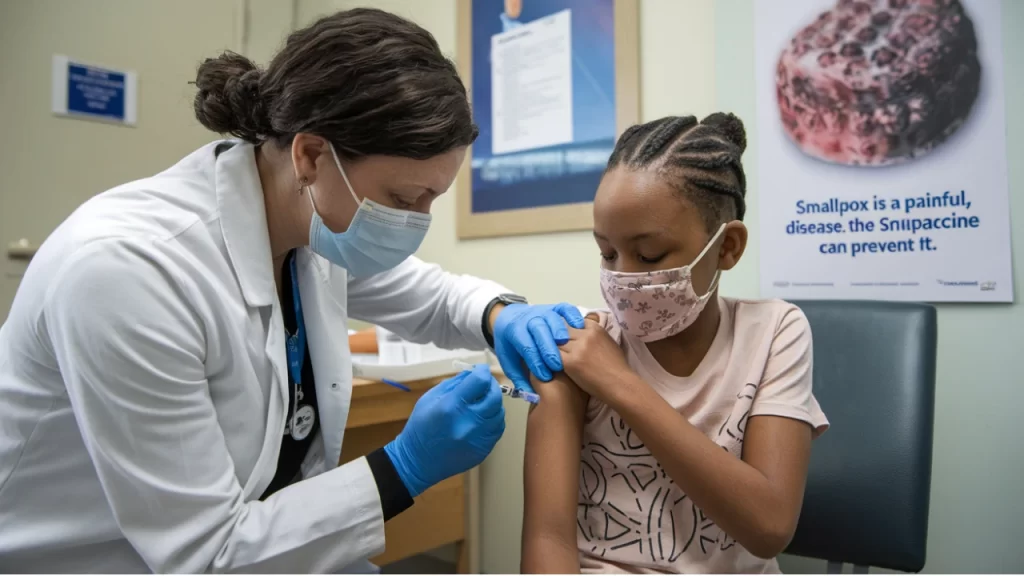Smallpox was one of the most devastating diseases in human history, and its impact on Alaska was profound. This highly contagious virus ravaged Indigenous communities, altered population dynamics, and shaped public health policies. Understanding the history of smallpox in Alaska provides crucial lessons for modern disease prevention and control.

The History of Smallpox Outbreaks in Alaska
The first recorded smallpox outbreak in Alaska occurred in the late 18th century, introduced by European explorers and traders. The disease spread rapidly, devastating Indigenous populations that had no prior immunity. Subsequent outbreaks in the 19th century further reduced the population of Alaska Natives, with some estimates suggesting mortality rates as high as 50-90% in affected communities. These outbreaks played a significant role in reshaping Alaska’s demographics and weakening Indigenous resistance to colonial expansion.
How Smallpox Affected Indigenous Alaskan Communities
For Alaska’s Indigenous peoples, smallpox was more than just a health crisis—it was a cultural catastrophe. Entire villages were wiped out, traditional knowledge was lost, and social structures collapsed. The rapid decline in population also disrupted subsistence lifestyles, as surviving members struggled to maintain essential hunting and fishing practices. The psychological toll was immense, leaving lasting scars on these communities.
The Spread and Containment of Smallpox in Cold Climates
While smallpox is typically associated with densely populated areas, it spread effectively even in Alaska’s harsh, remote environment. Trade routes, including those used by Russian fur traders and later American settlers, facilitated its movement. Cold temperatures helped preserve infected materials, prolonging exposure risks. Efforts to contain outbreaks included quarantine measures and vaccination campaigns, but the logistical challenges of reaching remote villages often hampered these efforts.
Medical advances that led to the eradication of the disease
The introduction of the smallpox vaccine in the early 19th century marked the beginning of effective control efforts. Missionaries and government officials worked to vaccinate Indigenous populations, though these efforts were inconsistent. By the mid-20th century, mass vaccination campaigns had significantly reduced outbreaks. The World Health Organization’s (WHO) global eradication program, launched in 1967, ultimately led to the complete eradication of smallpox by 1980, a landmark achievement in medical history.
Lessons for future pandemic prevention
The eradication of smallpox provides valuable insights for modern public health. Vaccination remains the most effective tool against infectious diseases, and proactive immunization programs are critical. Additionally, early detection, swift containment strategies, and public education are essential in preventing future pandemics. The lessons learned from smallpox have informed responses to diseases like COVID-19, reinforcing the importance of global cooperation in disease control.
The Lasting Impact of Smallpox on Public Health Policies
The fight against smallpox helped shape contemporary public health policies, emphasizing vaccination mandates and epidemic response strategies. In Alaska, historical experiences with smallpox influenced public health infrastructure, leading to better preparedness for future outbreaks. The success of eradication efforts set a precedent for tackling other infectious diseases and highlighted the role of science-driven policymaking.

Conclusion
The history of smallpox in Alaska is a powerful reminder of the devastating impact of infectious diseases and the resilience of affected communities. By learning from the past, we can better prepare for the future, ensuring that no disease ever again reaches the catastrophic levels of smallpox. Public awareness, continued investment in vaccines, and robust health policies remain crucial in safeguarding global health.
For further reading on smallpox eradication efforts, visit: [1] World Health Organization – Smallpox Eradication [2] CDC – Smallpox History and Eradication
Adolescent Health Protecting: Securing a Healthier Future


Pingback: Kidney Transplantation: Advances and Key Insights - stay healthy today